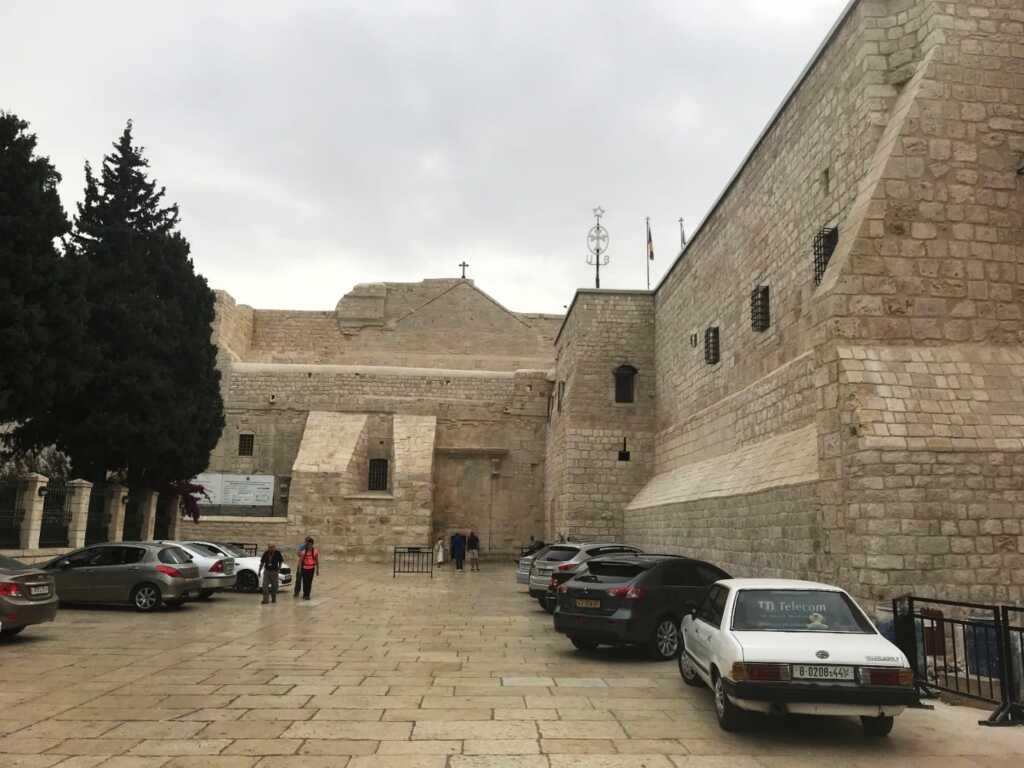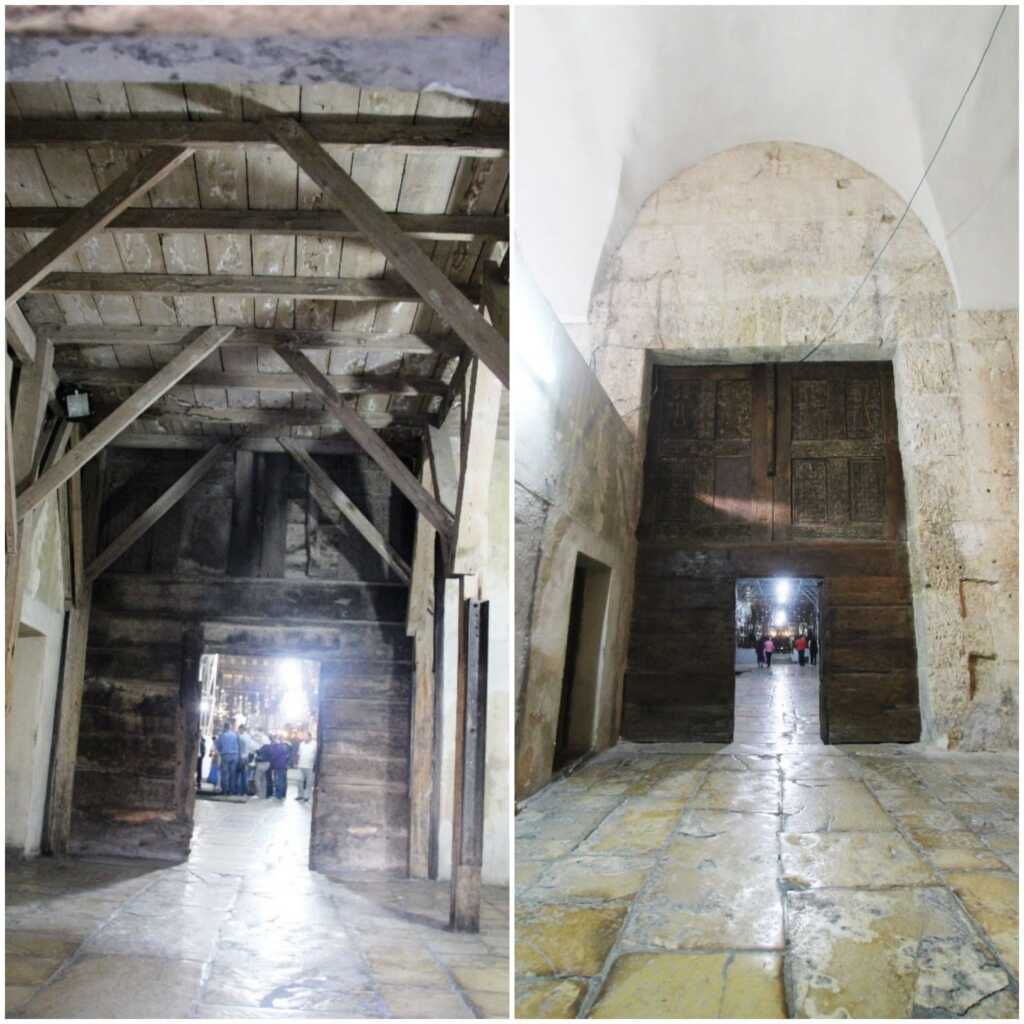
Is This the Exact Place Where Jesus Was Born? The Fascinating, Nearly 2,000-Year-Old History Behind Bethlehem's Church of the Nativity
Christians are well-acquainted with biblical accounts of Jesus’ birth, but some might not know much about the Church of the Nativity, a site in Bethlehem that has long been venerated as the traditional location of Christ’s birth.
Mazen Karam, CEO of the Bethlehem Development Foundation, an organization created to help improve conditions in the town of Bethlehem, recently revealed details about his group’s ongoing efforts to renovate the church and restore various elements of its historic splendor.
Karam also delivered a helpful history lesson about the longstanding view that the Church of the Nativity is, indeed, the location where Mary and Joseph welcomed Jesus into the world.
Listen to Karem break down the captivating history:
The History Surrounding the Church of the Nativity
The site of the Church of the Nativity was pinpointed by St. Justin Martyr in the 2nd century and was later marked with the physical building of a church by St. Helena, mother of Roman Emperor Constantine the Great.
Nearly two millennia later, a house of worship still stands on the site, making it one of the oldest houses of worship in the world.
“In the year 326 A.D., [Helena] commissioned the construction of … the Church of the Nativity,” Karam said, noting the church was completed by 339 A.D. “It was a smaller church than what we know now. … It was destroyed in later years by an earthquake and was rebuilt in the year 526 by the Emperor Justinian.”
Years later, the site was expanded upon, with mosaics and other elements added. Over time, desecration and disrepair befell the church, though, with the last major repairs unfolding more than five centuries ago.
“The last major repair that was done to the church was done in the year 1480, 540 years ago,” Karam said.
But that changed in 2013 when the Bethlehem Development Fund began modern-day renovations on the site. Those updates are now 90% complete, with Karam and his organization fundraising the final $2 million needed to complete the transformational project.

The Church of the Nativity (Photo: Bethlehem Development Foundation)
What Convinces People of the Historicity of the Site?
Some might debate whether the Church of the Nativity was really built over the actual location where Jesus was born, though one fact persists, regardless of where people stand: millions across multitudes of generations have reverently visited the site, believing wholeheartedly in its authenticity.
Karam noted the early citation by St. Justin Martyr of the site’s true location of Christ’s birth and explained some other factors that might add credence to claims about its ties to Jesus.
“At the time there was no Google and no mobiles and no WhatsApp and everybody received news by mouth, by witness,” he explained of the communications conditions present in the early church. “There is no room for false information here.”
Karam said pilgrims would come by the thousands to visit the location and to honor it as Christ’s birthplace.
“Like the star led the Magi to Bethlehem, I’m sure they were led by others,” he said. “Word of mouth travels fast.”
Considering the importance of accurate news traveling by word-of-mouth, Karam believes it is very likely the information was properly translated and spread among the populace.
And his claims could be well-founded, as CBN News has reported on other experts who believe there is historical backing for the location’s ties to Jesus.

Inside the Church of the Nativity (Photo: Bethlehem Development Foundation)
Qustandi Shomali, a professor at Bethlehem University, has said the site dates back to the mid-first century.
“We do know that the identification of the site where Jesus was born already traditionally goes back to the middle of the first century at least,” Shomali said.
Roman Emperor Hadrian apparently destroyed Bethlehem and subsequently built a temple and trees over the location where Christians would visit the traditional site of Christ’s birth. While the act was likely intended to remove meaning from the location, it reportedly had a very different effect.
“In fact, this temple, instead of destroying the place, preserved the place,” Shomali said.
Read more about the Church of the Nativity and the ongoing restoration of this historic site.
***As the number of voices facing big-tech censorship continues to grow, please sign up for Faithwire’s daily newsletter and download the CBN News app to stay up-to-date with the latest news from a distinctly Christian perspective.***




